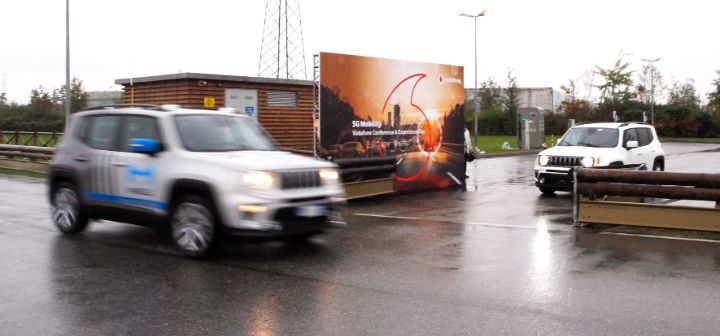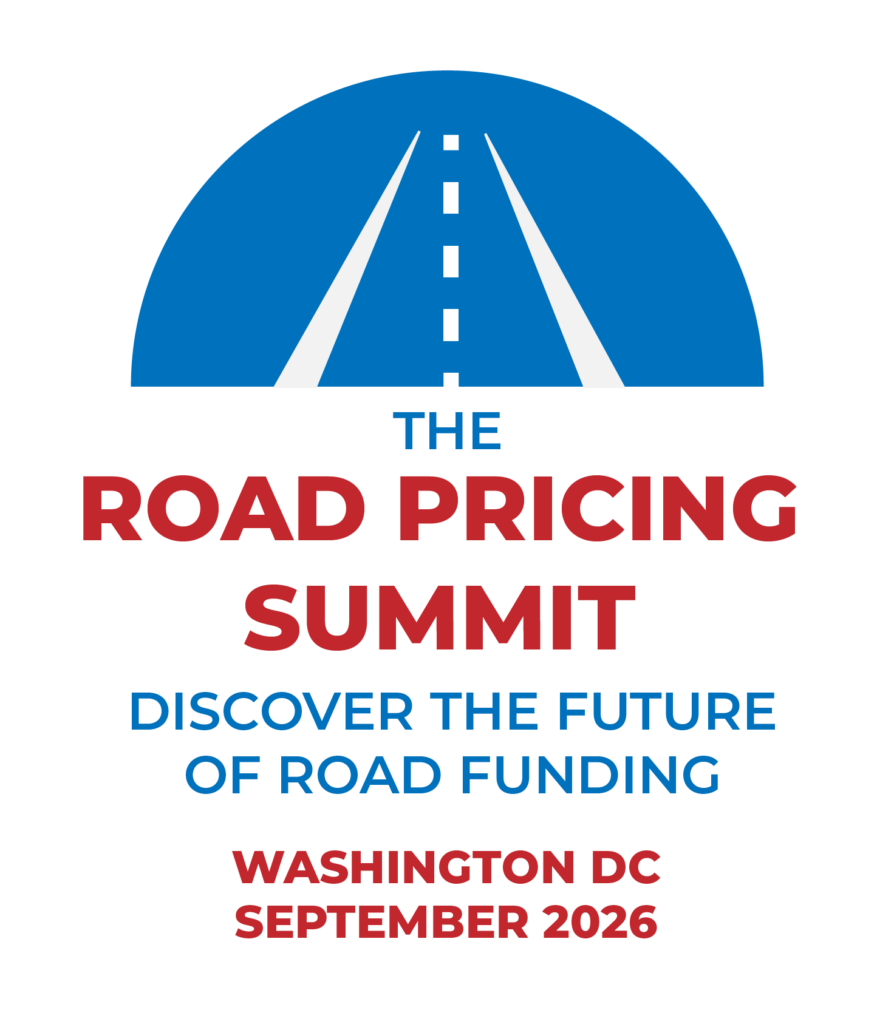The use of autonomous vehicles currently requires a communications network infrastructure reliable enough to support safety critical applications. Professor Antonio Capone, of the Politecnico di Milano, questions if 5G deployment could benefit connected cars applications…
During the last decade, the car industry has been largely impacted by the impressive progress of digital technology. The traditional concept of cars being largely autonomous machines has greatly influenced both the imagination of the large public and somehow also the first part of the evolution of digital applications for cars, in particular those related to safety and driving. We are used to thinking of all the instruments for placing the driver in full control of the vehicle as being on board and available in any place we may want to drive. The digital device that we all have on our car, the GPS navigation system, is no exception, as it is always available, even in remote places and with maps that can be stored locally.
Nowadays, however, there is consensus among technical experts that the most advanced applications for driving and safety can be designed considering cars connected to a network, as opposed to isolated and autonomous ones, which are able to get information in real-time from other cars as well as from sensors and systems along the road. So far, the most critical issue for turning this technical evidence into reality has been the availability of a communications network infrastructure reliable enough to support safety critical applications that require extremely high service availability and very short latency in message delivery.
Though we cannot say this issue has been completely solved, with the new 5G technology we certainly have evidence that all the ingredients necessary are there ready to use. Nevertheless, the deployment of a 5G with the necessary characteristics to support connected cars on all roads we want to drive, will take several years.
5G is the latest generation of mobile networks and has a number of technical improvements with respect to previous generations, that make it an important milestone in the evolution of digital infrastructures. In particular, the release 16 that will be finally approved by the 3GPP (the international organization in charge of telecommunications standards) at the beginning of 2021, will provide services known as URLLC (Ultra Reliable Low Latency Communications) that will allow critical applications in a number of vertical industrial sectors, including the automotive one.
In addition to its reliability and low latency (down to a few milliseconds), 5G has other less known features that are particularly relevant for connected cars applications. With 5G, for the first time the network becomes a computing platform which is able to execute processing tasks at the edge, close to connected devices, allowing the fast interaction among vehicles without involving servers in some remote data centre like in traditional cloud applications. Moreover, the so-called “network slicing” allows the creation of virtual networks on top of a single physical infrastructure so that critical applications, like those for car safety, can be isolated from others and assigned dedicated communications and computing resources.
Car manufacturers and telecom operators are experimenting together several applications to improve car safety that we can expect to see relatively soon. I have been personally involved in
the 5G trial led by Vodafone in the metropolitan area of Milan where my University was the main research partner, and I have been able to see the high level of maturity of the technology both on the network and on the car.
Among the applications tested, it is worth mentioning the connected automatic emergency braking that allows to activate the automatic braking (as already known on modern cars), even in cases such as blind intersections, where the communication with other cars approaching the intersection or with sensors (including cameras) along the road can allow to detect the danger that on-board systems cannot see.
Another interesting application is the connected adaptive cruise control, where the communications among enabled cars allow to adapt speed to traffic conditions, preventing slowdowns due to typical speed variations caused by uncoordinated driver behaviour or managing reactions to road congestions in a smoother way. A pretty large set of applications that can exploit connectivity are found in the ADAS family (Advanced Driver Assistance Systems), which can allow for example to adapt speed to the status of traffic lights along the road or to get a live video stream from the front of back cameras of nearby cars that are in better position to see road or traffic conditions.
Turning these prototype applications into systems widely used, requires a huge effort that involves both car manufacturers, telco operators, and regulatory public authorities. It is evident today that things are moving fast and there is a concrete interest in conveying investments in this direction. Nevertheless, the traditional relationship between customer and service provider and between car makers and telecom operators is not sufficient in this case, and there needs to be a change in order to create real partnerships and favourable regulatory conditions (not only for the spectrum use but also for facilitating investments).





